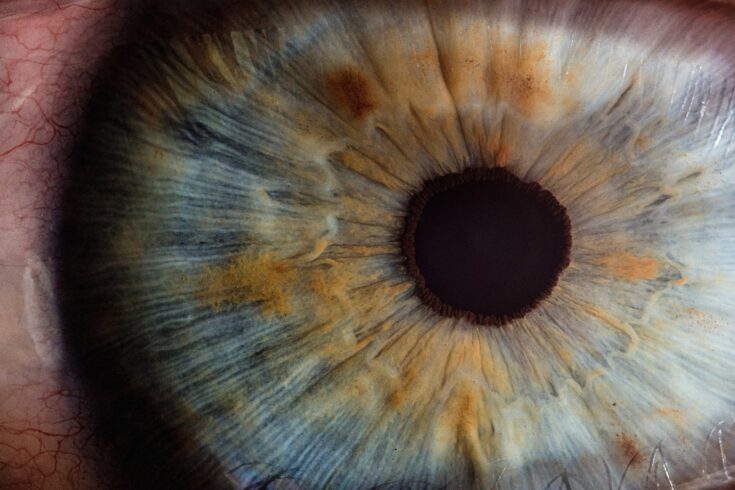Age-related macular degeneration (AMD) is the most common cause of sight loss in the UK, and can lead to a rapid loss of central (reading) vision.
AMD is a progressive ocular disease of the part of the retina called the macula, which enables people to read, visualise faces, and drive. The disease initially causes distortion in central vision, and eventually leads to legal blindness.
A layer of cells at the back of the eye called the retinal pigment epithelium (RPE) provide support, protection, and nutrition to the light-sensitive cells of the retina. These are known as photoreceptors, which consist of rods and cones.
Effective treatment could be achieved by proper replacement of damaged RPE and retinal cells with healthy ones, but there hasn’t been a feasible method of restoring the RPE cells.
About the project
A groundbreaking clinical study has investigated whether the diseased cells at the back of a patient’s affected eye could be replenished using an RPE patch developed from human stem cells. The method uses stem cell technology developed with Medical Research Council (MRC) funding.
The two patients who underwent the procedure, a woman in her early 60s and a man in his 80s, had the severe form of the condition (‘wet AMD’) and declining vision. A specially engineered surgical tool was used to insert the patch under the retina in the affected eye of each patient in an operation lasting one to two hours.
The study is a major milestone for the London Project to Cure Blindness. This project is a partnership between Professor Pete Coffey from University College London and Professor Lyndon da Cruz, a retinal surgeon at Moorfields Eye Hospital NHS Foundation Trust.
The project has also been supported by the UCL Institute of Ophthalmology and the National Institute for Health Research (NIHR).
Impacts of the project
The patients were monitored for 12 months and reported improvements to their vision. They went from not being able to read at all even with glasses, to reading 60 to 80 words per minute with normal reading glasses.
The results of this groundbreaking clinical study, published in Nature Biotechnology, is the first description of a complete engineered tissue that has been successfully used in this way. It’s hoped that it will also help treat the earlier-stage ‘dry AMD’ in the future.
Professor Coffey, who has received MRC funding since 2004 for his stem cell work, said: “This study represents real progress in regenerative medicine and opens the door to new treatment options for people with age-related macular degeneration. We hope this will lead to an affordable ‘off-the-shelf’ therapy that could be made available to NHS patients within the next five years.”
Find out more
Read the Nature Biotechnology article Phase 1 clinical study of an embryonic stem cell-derived retinal pigment epithelium patch in age-related macular degeneration on the Europe PMC website.

